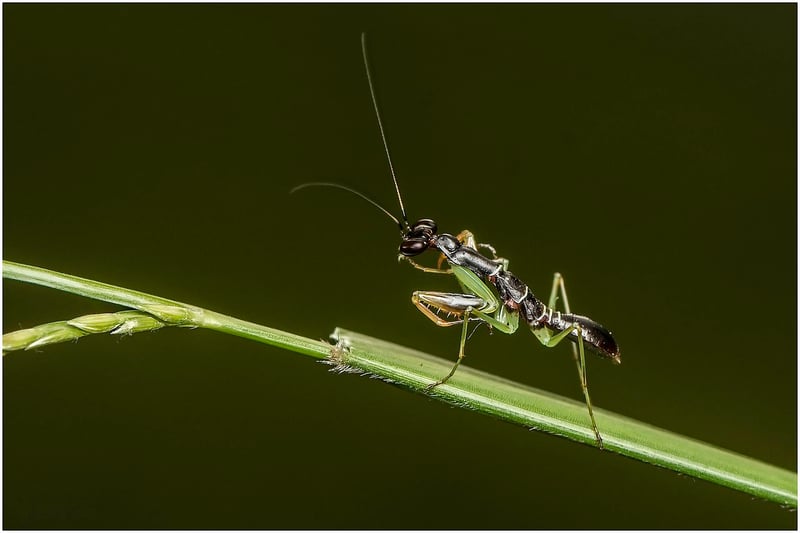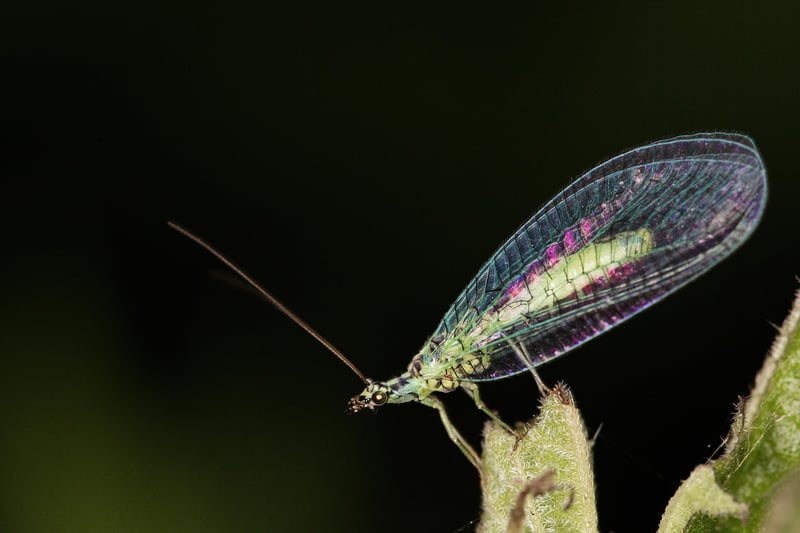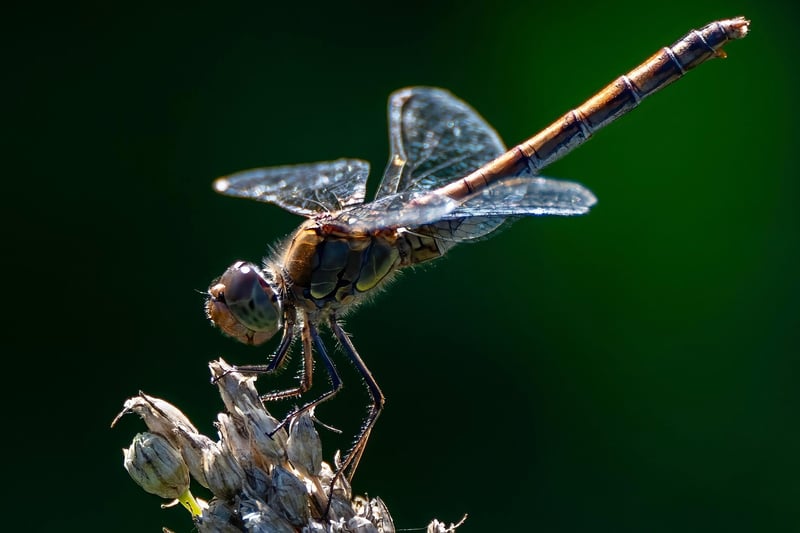Natural Predators
Protecting Plants from Pests with Natural Predators
Keeping your plants healthy and thriving can be a challenge when pests attack. Instead of resorting to harmful chemicals, consider using natural predators to control pest populations in your garden. Not only is this method eco-friendly, but it also helps maintain a healthy balance in your garden ecosystem.
Benefits of Using Natural Predators
Introducing natural predators to your garden can have several benefits:
- Safe for the environment
- Non-toxic to humans and pets
- Helps maintain a natural balance
- Reduces the need for chemical pesticides
- Long-term pest control solution
Common Natural Predators
Here are some common natural predators that can help protect your plants:
- Ladybugs: Known for feeding on aphids, mealybugs, and other soft-bodied insects.
- Praying Mantis: Eats a wide range of insects including caterpillars, beetles, and aphids.
- Lacewings: Feed on aphids, spider mites, and other small insects.
- Hoverflies: Larvae prey on aphids, while adults help with pollination.
- Beneficial Nematodes: Attack soil-dwelling pests like grubs and larvae.
Attracting Natural Predators
To encourage natural predators to frequent your garden, consider the following strategies:
- Plant a diverse range of flowers and herbs to attract beneficial insects.
- Provide shelter such as rocks, logs, or insect hotels for predators to hide and lay eggs.
- Avoid using broad-spectrum pesticides that can harm beneficial insects.
- Use companion planting to create a habitat that attracts natural predators.
Conclusion
Protecting your plants from pests using natural predators is not only effective but also promotes a healthy and sustainable garden environment. By harnessing the power of nature, you can maintain a beautiful garden without resorting to harmful chemicals.
Remember, a balanced ecosystem is key to the long-term health of your plants. Embrace natural predators as your allies in the fight against garden pests!





